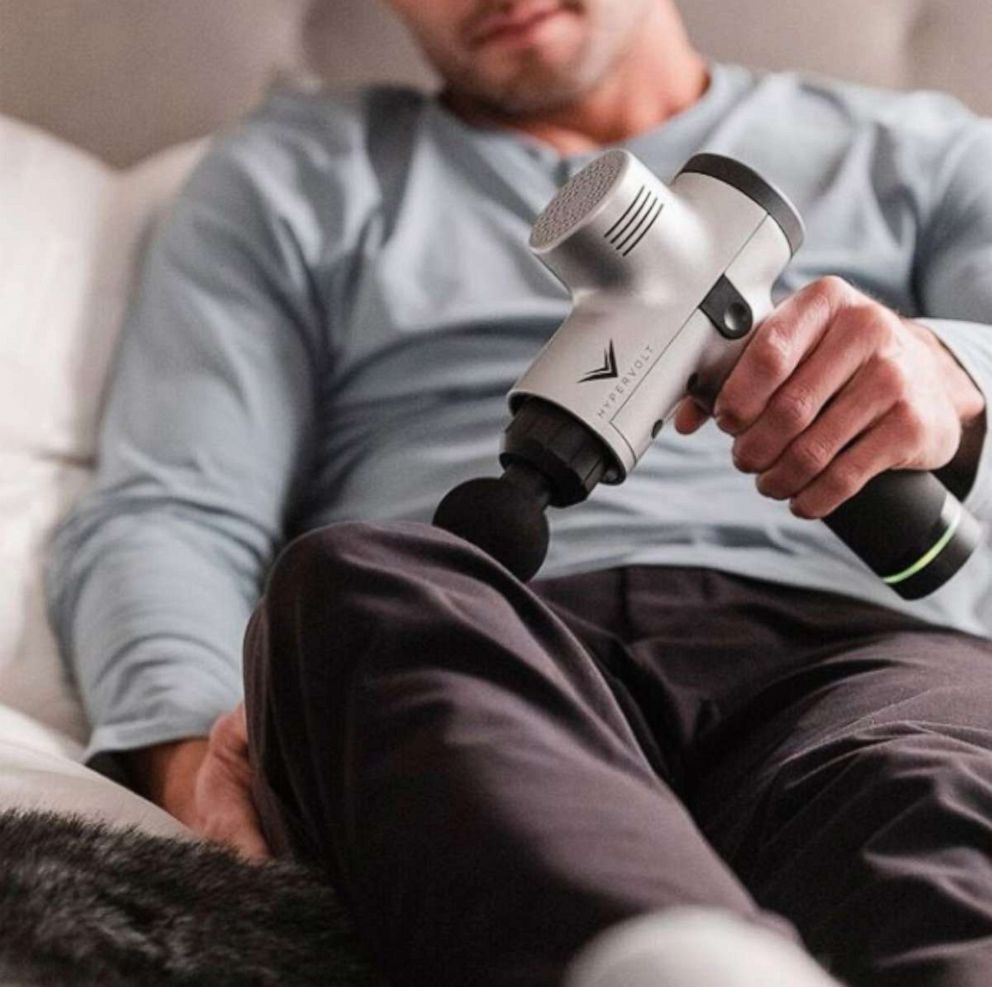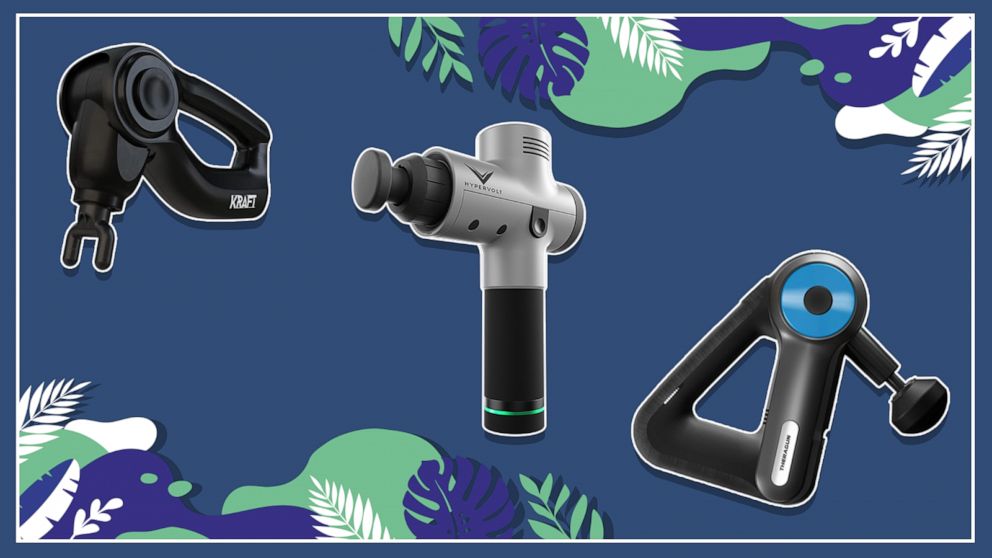What is percussion therapy and why it may be right for you

You’ve probably seen your social media feeds filled with slow-motion videos of muscles being pounded by high intensity massagers, but what exactly is happening?
Percussive therapy provides rapid bursts of pressure into the tissue of the body.
"These types of therapies are huge right now in the world of physical therapy, sports rehab, anywhere from weekend warrior athletes to elite sports teams," ABC News chief medical correspondent Dr. Jennifer Ashton said.

You can apply this type of therapy at-home with intense massagers.
"Basically, it’s just mechanical high-intensity, high-powered massage," Ashton added.
Popular devices include Hyperice’s Hypervolt, Theragun and Kraftgun.
"Percussion therapy uses targeted pulses of concentrated pressure into your muscle tissue," Jim Huether, CEO of Hyperice, told "Good Morning America."
Huether says the therapy can best be compared to "soft-tissue massage techniques used by massage therapists which are consistent, rapid-thumping movements used to stimulate muscles."
"While the devices are still great for athletes to recover or warm up for a workout, they are also great for office workers suffering from tech neck, esports athletes and everyday people looking for a quick at-home massage," Huether added.
Jeff Brannigan, program director at Stretch*d, uses the Hypervolt as an enhancement to their stretching services.
"Using the percussive therapy to ease the muscle out of tension helps us to address the muscle in a more comprehensive way by providing relief with both superficial and deep muscle fibers," Brannigan told "GMA."
"This type of therapy can be administered by a professional, but also done as a form of self-massage. It's often compared to foam rolling, which uses a similar principle to provide muscle relief," he added.
Ashton has tested the Theragun herself and says from a medical standpoint the devices are "generally low risk and may provide some real benefit depending on the individual using them."







